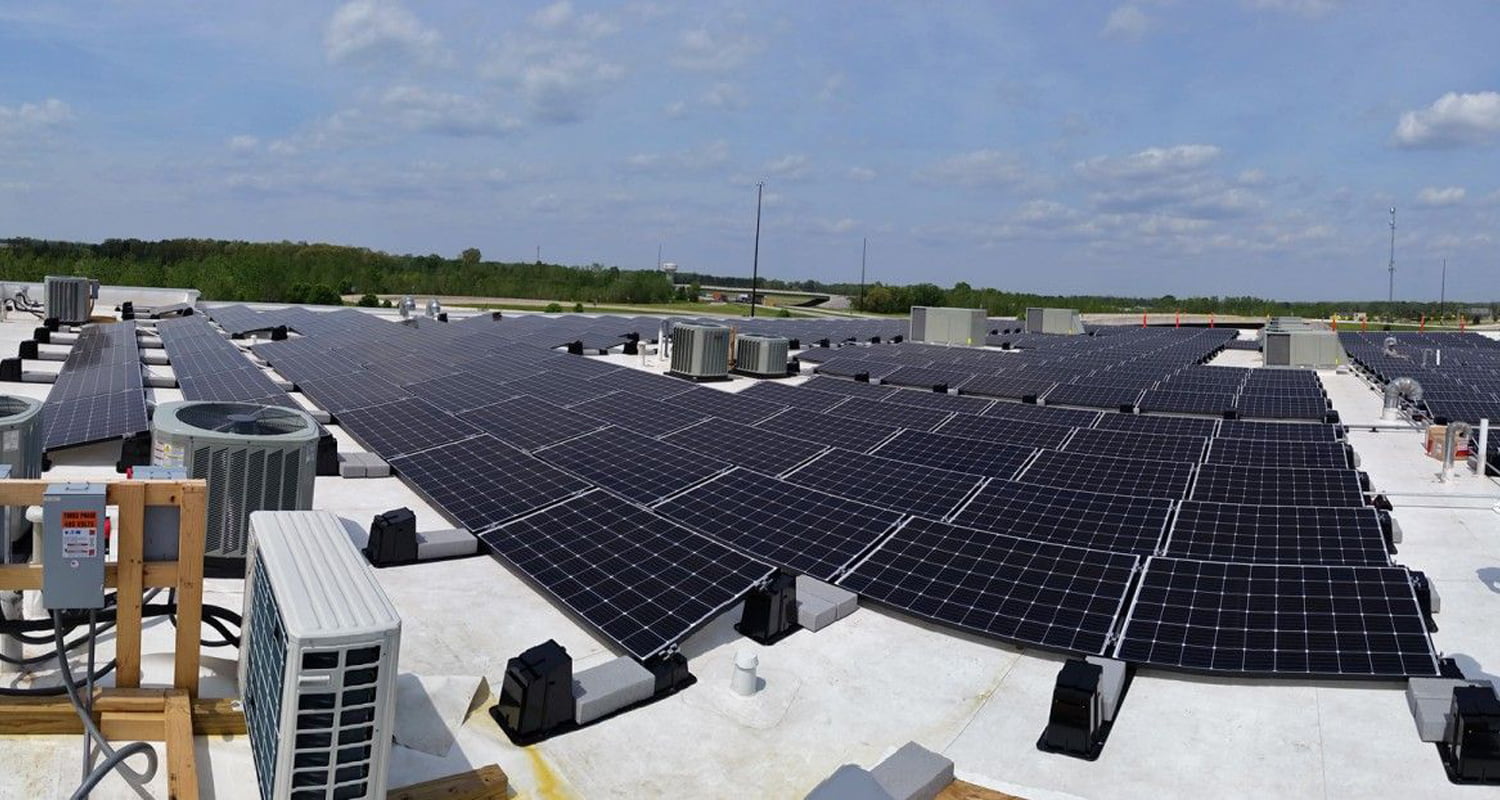
Un nuevo estudio dirigido por la Universidad de Nueva Gales del Sur (UNSW) sugiere que una comprensión más profunda del tipo de radiación ultravioleta (UV)
radiación utilizada para probar
células solares
Podría acelerar la evaluación de su rendimiento a largo plazo y mejorar su eficiencia. El estudio se centra en las células solares TOPCon, que se han popularizado en la industria en los últimos dos años, pero cuya durabilidad ha sido una preocupación importante.
A pesar de la adopción generalizada de la tecnología TOPCon, su durabilidad en condiciones de estrés sigue siendo una preocupación clave. Además de los desafíos que plantean las condiciones de humedad y altas temperaturas, la degradación inducida por luz ultravioleta (UVID) se ha convertido en un nuevo factor que limita la vida útil práctica de...
Células solares TOPCon
.
Los investigadores señalan que el uso creciente de encapsulantes transparentes a los rayos UV en
paneles fotovoltaicos
Si bien mejora la eficiencia del módulo, también aumenta la exposición de las células solares a la radiación UV durante el funcionamiento, lo que convierte a la UVID en una preocupación creciente.
Kiwa PVEL, empresa de inspección de calidad de módulos fotovoltaicos, también descubrió en su último informe "Module Scorecard" que TOPCon y otras tecnologías solares de alta eficiencia son más susceptibles a la UVID que las tecnologías tradicionales. Esta nueva investigación presenta dos hallazgos clave: primero, las diferentes partes del espectro UV afectan a las células TOPCon de forma distinta; segundo, los nuevos métodos de fabricación diseñados para aumentar la potencia y la eficiencia de los módulos podrían, de hecho, aumentar el riesgo de degradación inducida por UV (UVID), lo que puede afectar el rendimiento a largo plazo de las células.
El artículo de investigación se centró en la radiación UVB, que tiene una energía de fotones significativamente mayor que la UVA, la radiación UV más común utilizada en pruebas fotovoltaicas y más cercana a la luz visible.
Los investigadores señalan que la radiación UVB generalmente no se ha considerado una preocupación importante porque la mayoría de los encapsulantes comerciales bloquean eficazmente la radiación UVB, lo que lleva a suponer que la degradación de la UVB no representa un riesgo significativo para los módulos instalados.
Sin embargo, a medida que la industria continúa buscando módulos de mayor potencia, las empresas están explorando encapsulantes con mayor transmitancia UV, lo que hace que el impacto de la radiación UVB sea más importante.
El estudio confirma que la exposición a la radiación UVB provoca una mayor recombinación superficial en la cara frontal de las células solares TOPCon, lo que en última instancia reduce la eficiencia celular y acelera la degradación. Las pruebas también revelan la compleja relación entre el hidrógeno y la radiación UV en las células solares TOPCon: la radiación UV libera hidrógeno dentro de la célula solar, lo que podría provocar recombinación superficial y una degradación del rendimiento. Los datos de la investigación muestran que, si bien los fotones UVA y UVB afectan la cara frontal de la célula, los fotones UVB de mayor energía rompen más enlaces Si-H, lo que provoca una degradación más pronunciada.
El artículo señala que los futuros investigadores de TOPCon deben centrarse en los efectos de la luz UV, en particular la UVB, en las células para garantizar la vida útil estable de la tecnología, maximizando así la eficiencia solar y la viabilidad económica de las centrales eléctricas. El estudio también destaca que el uso de la luz UVB puede permitir una evaluación más rápida y eficiente del rendimiento a largo plazo de las células solares.








 Página de inicio
Página de inicio






